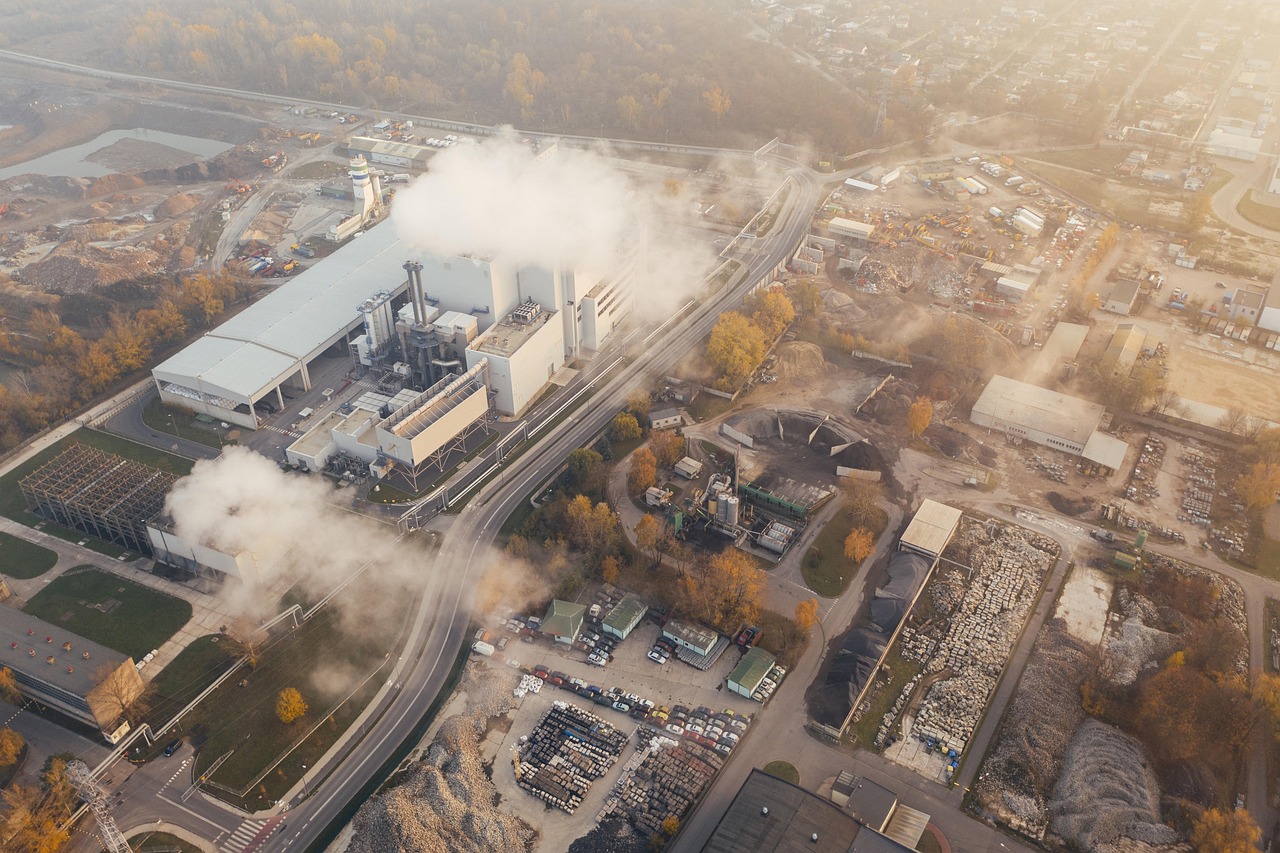Future of Carbon Capture: A Greener Tomorrow

In recent years, the urgency of addressing climate change has prompted an unprecedented collaboration between governments, private companies, and innovators around the world. As we stand on the brink of a climate crisis, carbon capture and storage (CCS) technologies have emerged as a critical component of our climate strategy. But what does the future hold for carbon capture? Let’s explore some exciting developments and possibilities on the horizon.
1. Enhanced Technologies and Innovation
As investment in carbon capture projects continues to grow, so does the technology itself. Researchers are continually developing more efficient methods of capturing carbon dioxide from industrial processes and the atmosphere. Innovations like Direct Air Capture (DAC) and bioenergy with carbon capture and storage (BECCS) are making strides in capturing emissions. The future may see systems that can capture CO2 at lower costs and with higher efficiency, making them more accessible for widespread use.
2. Scalability and Deployment
One of the most significant challenges facing carbon capture technologies is scalability. Fortunately, as investments pour in, there’s a push for building facilities that can capture substantial amounts of CO2. Countries are rolling out national strategies to integrate CCS into their climate goals, which may lead to a network of projects worldwide. This collective vision could transform carbon capture from a niche solution to a mainstream practice, effectively reducing global carbon emissions.
3. Integration with Renewable Energy Sources
As the world transitions to renewable energy, carbon capture technologies are evolving to complement these efforts. By integrating CCS with wind, solar, and hydropower, it’s possible to achieve a more balanced energy ecosystem. For instance, surplus energy generated by renewables can be utilized for carbon capture processes, further mitigating the carbon footprint associated with energy generation.
4. Economic Opportunities and Job Creation
The burgeoning carbon capture industry presents a wealth of economic opportunities. As more projects are created, new jobs will emerge in research, engineering, construction, and operation. This industry growth entails not just a chance for innovation but also a pathway to a sustainable economy. Additionally, carbon capture can create markets for captured CO2, repurposing it for products such as fuels, plastics, and building materials, further stimulating economic growth.
5. Regulatory Support and Public Acceptance
For carbon capture to thrive, supportive regulatory frameworks are essential. As governments ramp up their climate commitments, policies that encourage investment in CCS can pave the way for cleaner industrial processes. Furthermore, public awareness and acceptance of carbon capture technologies will be crucial. Engaging communities in discussions about the benefits of CCS can foster acceptance and drive initiatives forward.
6. Global Collaboration and Knowledge Sharing
The fight against climate change is a global challenge that requires collective action. Countries are increasingly recognizing the importance of sharing knowledge and resources in carbon capture technologies. Collaborative projects, such as international research initiatives and partnerships for technology transfer, can accelerate innovation and deployment across borders, ensuring that countries can adopt successful models tailored to their specific needs.
Conclusion
The future of carbon capture is bright, driven by innovation, investment, and collaboration. While challenges lie ahead, the potential for CCS to play a pivotal role in mitigating climate change is undeniable. As we look forward, supporting the development and deployment of carbon capture technologies not only aligns with our climate goals but also opens the door to a sustainable and prosperous future. The journey has just begun, and it’s a journey worth taking.







